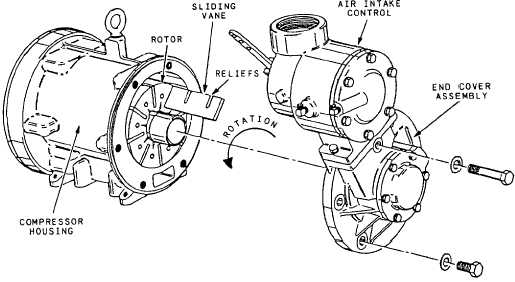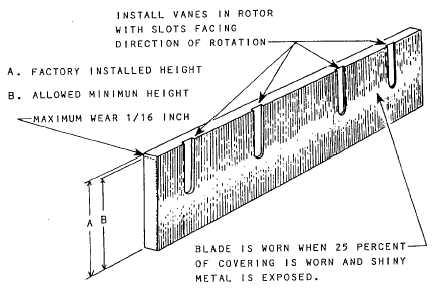
Figure 8-20.-Removing vanes for inspection and replacement.
irregularities, such as scoring, heat cracks, or gouging. Damage to the rotor compartment usually means the replacement of this part is necessary.
Inspect the individual rotor vanes, look for excessive wear, chipping, cracking, or breakage. Rotor vanes worn beyond specifications set by individual manufacturers should be replaced (fig. 8-21). If the rotor vanes have broken in the compressor, it is of extreme importance that ALL DEBRIS BE REMOVED. Chips and other foreign matter left in the compressor will be ingested into the lubrication system, causing further damage to the air control system and the compressor. Following rotor vane breakage, flush the cylinder and rotor with steam or high-pressure water. The oil tank or air receiver must be drained and flushed. Air and oil lines should be purged and entirely free of rotor vane chips.

Figure 8-21.-Rotor vane inspection.
Continue Reading